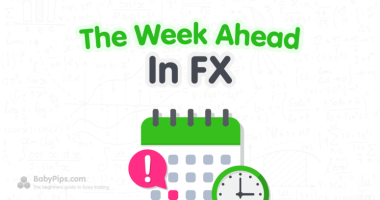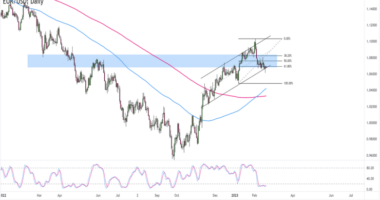What’s up market fiends! We’re going to take an extremely quick look at 2021 and market price action to help guide us with our “Quick and Wacky Predictions for 2022.”
There was waaaaay too much to cover in one post, but these are the major themes that we think drove the markets this year and will likely influence what we may see in early in 2022.
2021 Intermarket Recap:

The intermarket chart above sums up 2021 nicely as a broad risk-on type of year for the markets. Equities (represented by the Vanguard Total World ETF) and commodities (represented by the S&P GSCI) likely benefitted from the global recovery from the depths of the 2020 pandemic bottom, likely a function of vaccine distribution, as well as the uninterrupted, extremely loose global monetary policies created to prevent economic depression.
These conditions, as expected, sparked record high inflation rates in 2021 across the globe (with a lot of help from the supply chain crisis), igniting speculation throughout 2021 that global central banks need to pull back liquidity and potentially raise interest rates.
This theme was likely the catalyst for the Greenback’s rebound in 2021 as traders’ priced in rising odds that the Fed would eventually need to taper quantitative easing measures sooner-rather-than-later. This plus traders’ expectations of high inflation rates was also the argument for the worrisome rise in bond yields (fall in bond prices) and decline in gold prices.
By the end of 2021, central banks had generally given up on the argument that the high inflation environment was “transitory,” which was evidenced by several central banks not only ending emergency pandemic/quantitative easing measures, but some even raised interest rates. This included the central banks of the U.K., New Zealand, Mexico, Brazil, and South Korea among others.
Along with the rise of the Omicron variant in November, the idea of cutting away easy money was likely a contributor to the broad rise om market volatility and risk aversion/profit taking sentiment as the year-end approached. It was in November where we saw the persistent rise in equity markets stall, while higher beta assets like oil and crypto took a strong dip pretty much through the end of the year.
FX Recap 2021:


The U.S. dollar nearly took the top spot among the major currencies in 2021, benefiting improving employment picture (unemployment rate fell from 6.7% to 4.2% in 2021), and from speculation that the Fed will taper sooner-than-expected to combat high rates of inflation. The Canadian dollar arguably took the top spot by a hair as Canada’s economic situation improved significantly as well. The unemployment rate fell dramatically from a high of 9.4% to 6.0% in 2021, vigorously raising rate hike expectations for the Bank of Canada in 2022.
The Australian dollar and New Zealand dollar underperformed expectations as they not only failed to take their usual top spots in risk-on environments, but were net red on the year. While inflation rates were high and employment conditions improved in both Australia and New Zealand, both countries’ aggressive reactions of lockdowns and isolations to the Delta and Omicron variants were likely the catalysts that lead to negative Q3 growth in both countries (-1.9% q/q in Australia and -3.7% q/q in New Zealand) and lowered rate hike expectations.
And rounding out the bottom of the list was the Japanese yen and the euro. From a risk sentiment perspective, the Japanese yen tends to be the biggest loser in risk-on environments, and when combined with Japan’s inability to suppress the pandemic (cases spiked to record highs of nearly 30K/day in August), it shouldn’t be a surprise that lead to worsening economic performance. Japan posted a negative Q3 GDP read, as well as record but relatively tame inflation numbers, raising the bets that the Bank of Japan remains accommodative for quite some time.
The euro got no love as well, and much like Japan, a negative reversal in pandemic trends may have had traders rethinking their long euro bets. The broad turn lower in the euro correlates with the rise of the Delta variant in June (daily cases spiked over 100K/day), as well as the top and bearish reversal in European economic data and sentiment since (ZEW Economic sentiment fell from 84.0 in May to 25.9 in November).
It’s no wonder that while inflation remains persistently high in the Euro area, the European Central Bank recently stated that they will continue to provide an elevated level of monetary support well past the end of the Pandemic Emergency Purchase Program in early 2022, especially with daily new cases in Europe now hitting over 700K/day.









